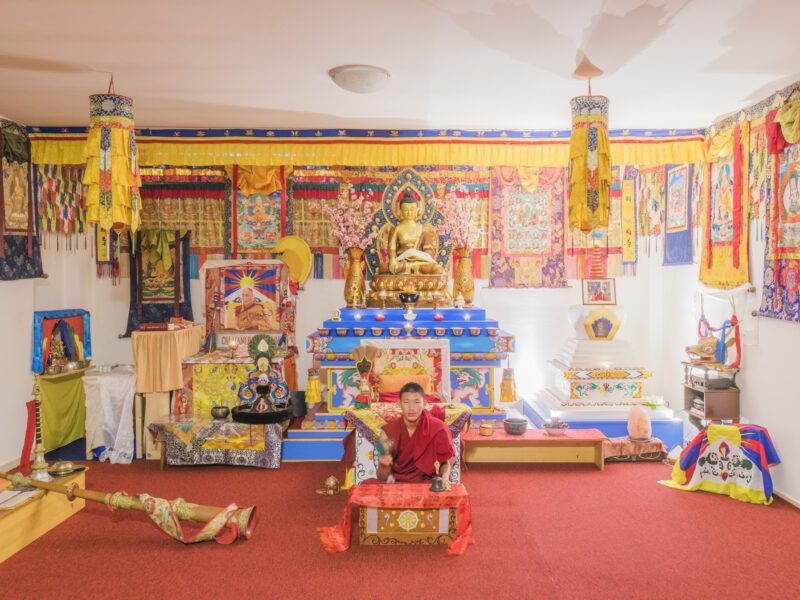Mosque of Rome – Islam
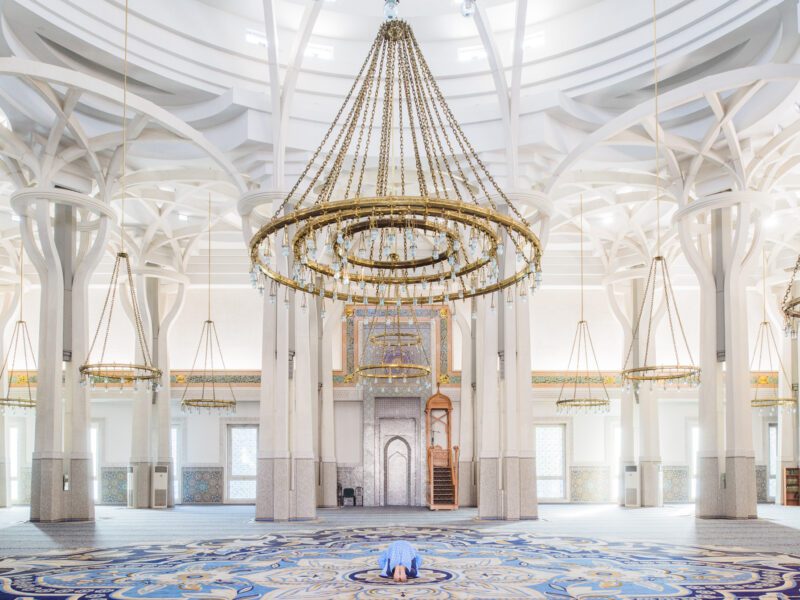
Synagogue of Rome – Hebraism

Lutheran evangelical church – Lutheranism
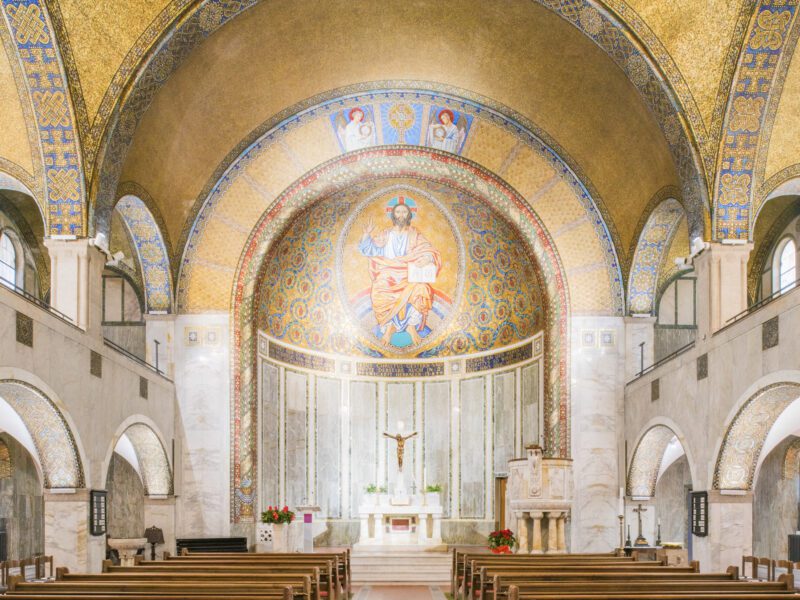
Waldensian Evangelical Church
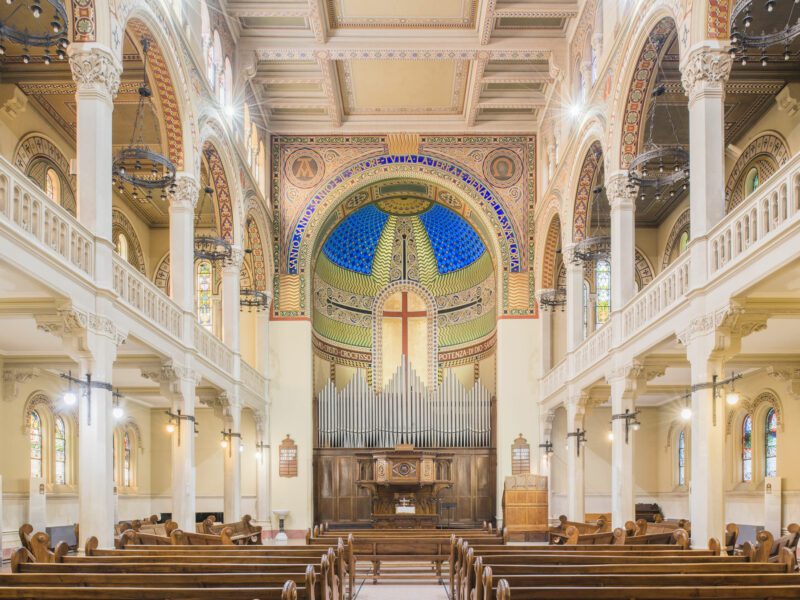
St. Paul Within the Walls – Anglicanism
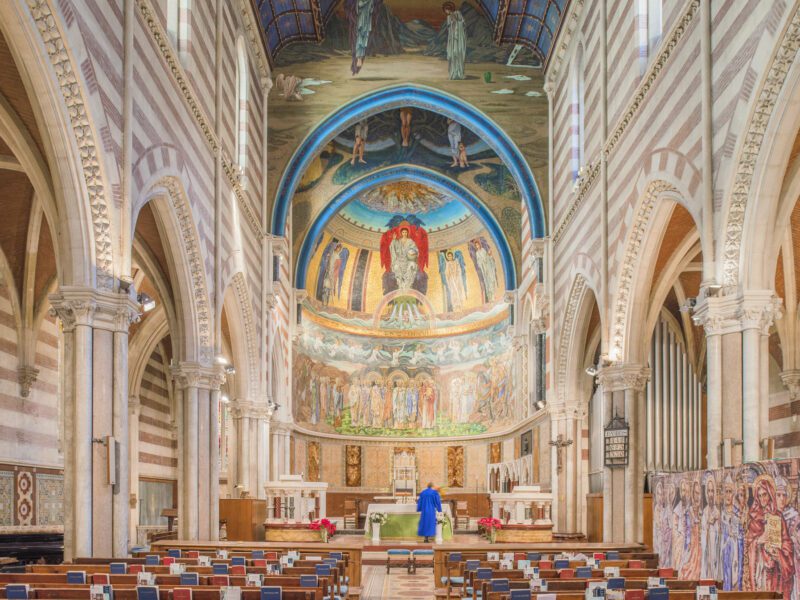
Church of San Teodoro al Palatino – Greek Orthodox
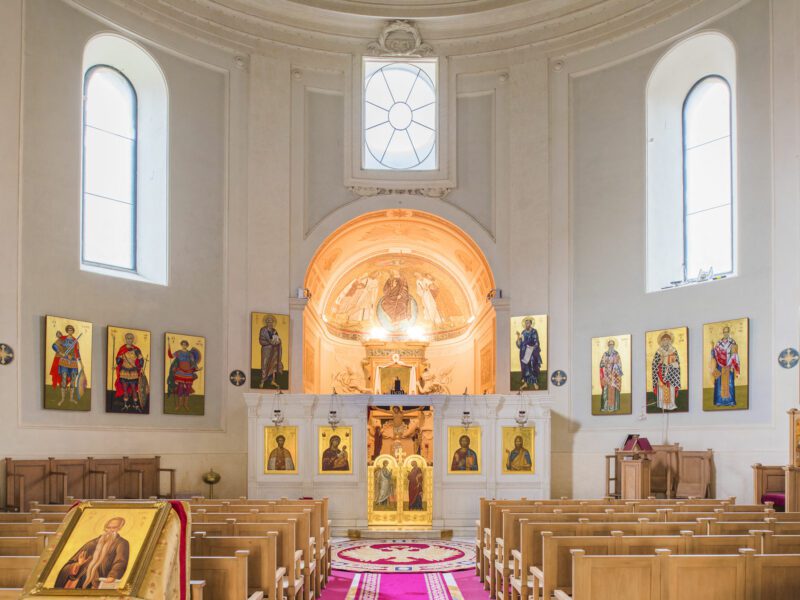
Santacittarama – Theravada Buddhism
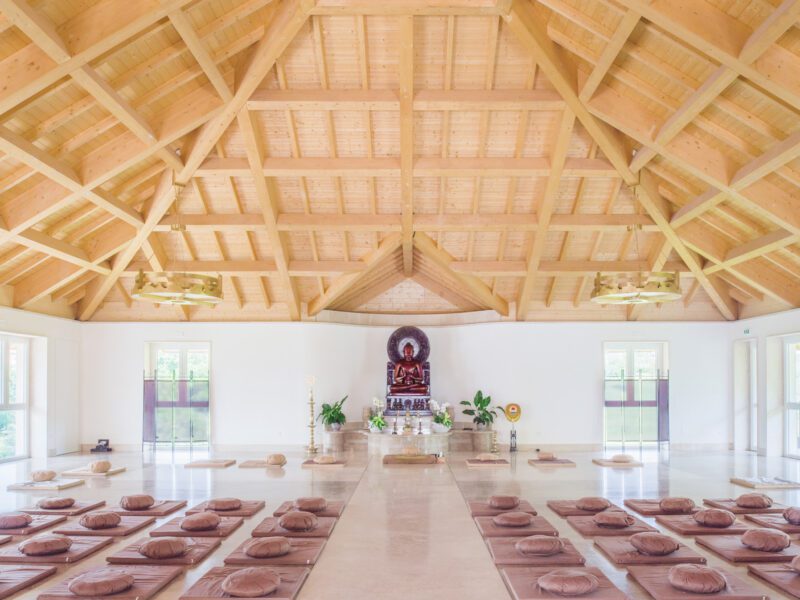
Gurudwara SinghSaba Pontinia – Sikhism
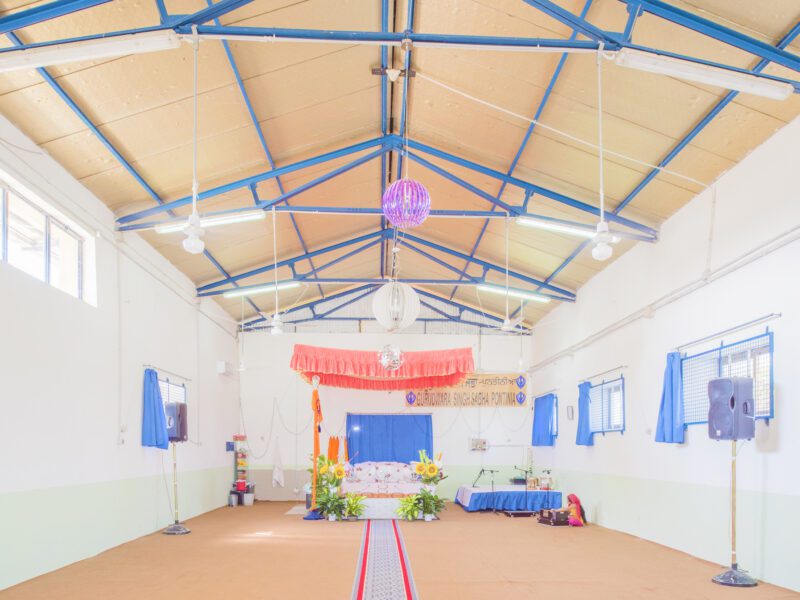
Union of atheists and Agnostics Rationalists
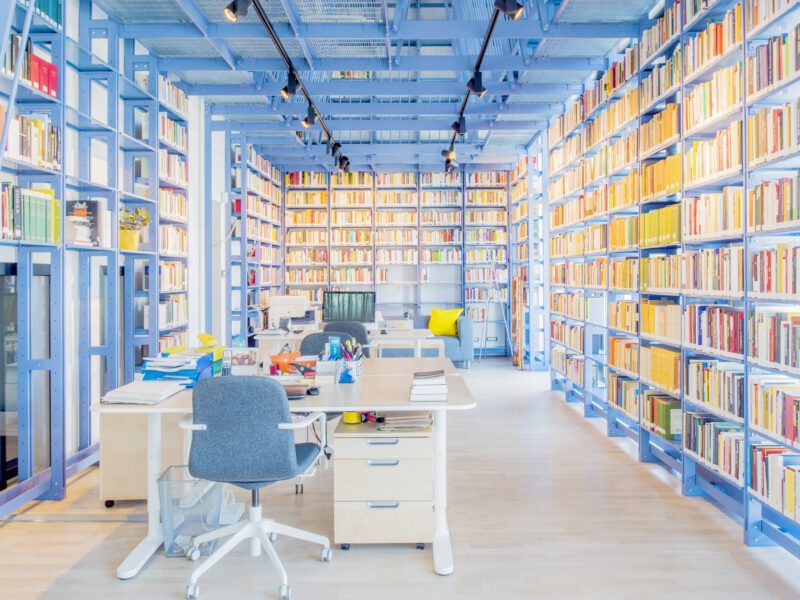
Church of Santa Caterina – Russian Orthodox
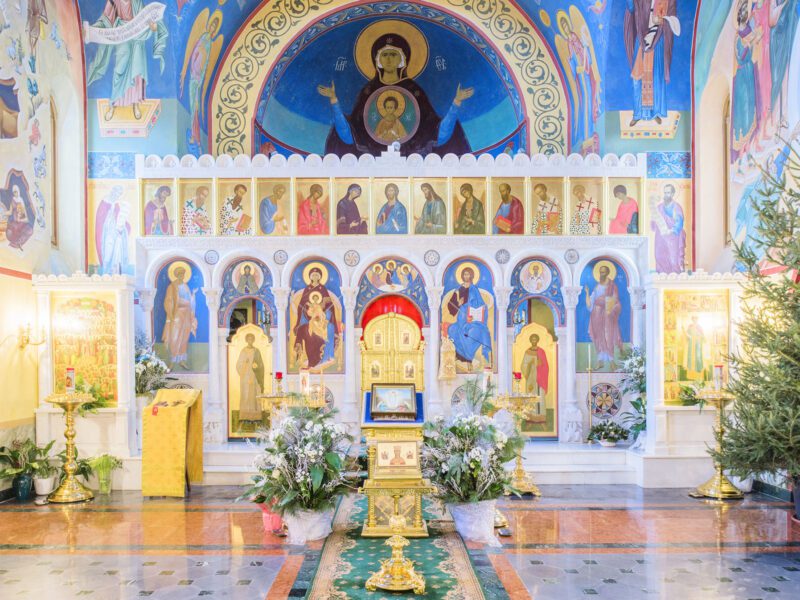
Church of Santo Stefano – Romenian Orthodox
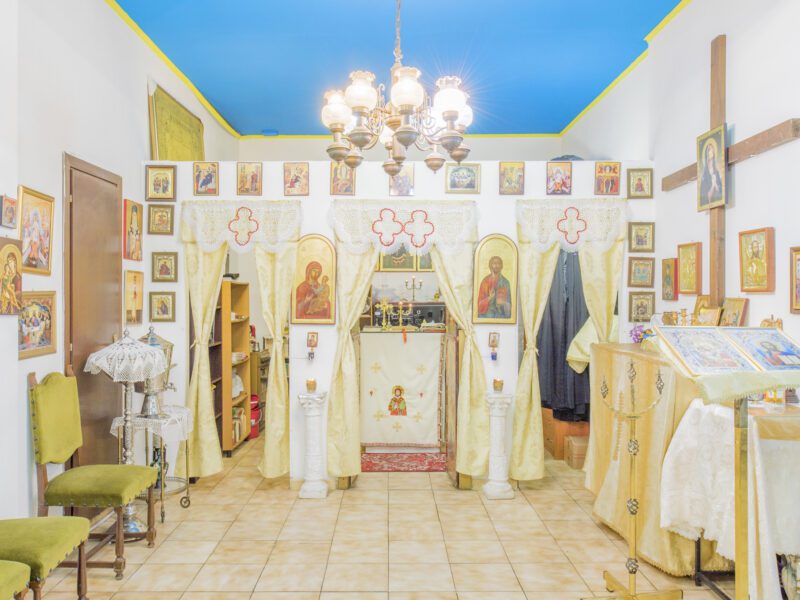
The Church of Jesus Christ of Latter-day Saints – Mormonism
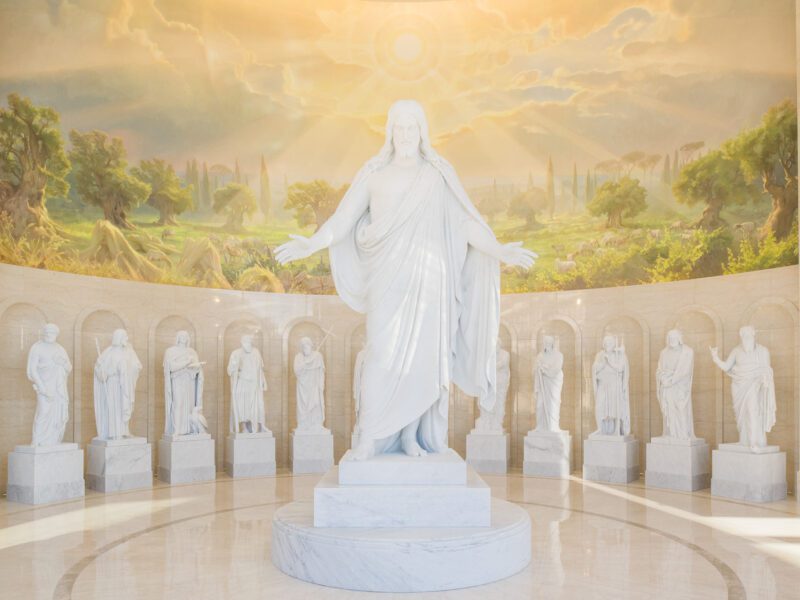
Hare Krishna Center- Hinduism
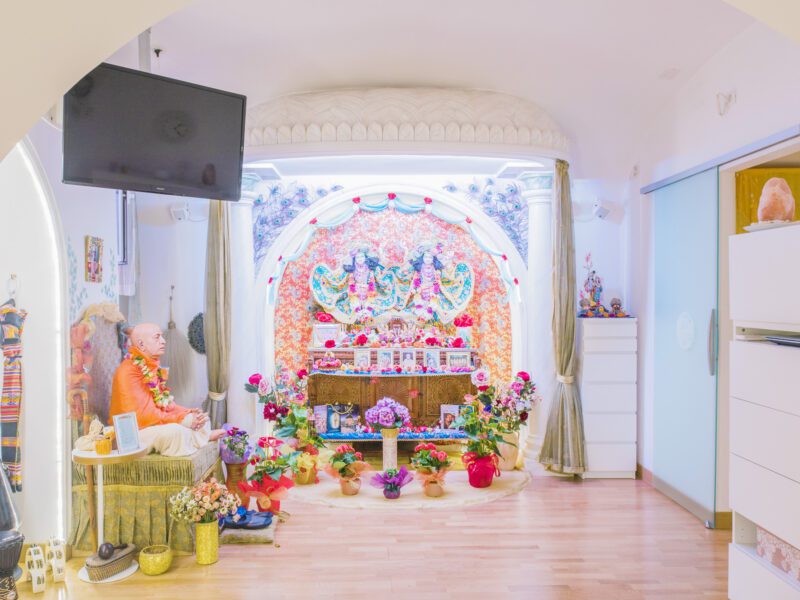
Seventh-day Adventist Church
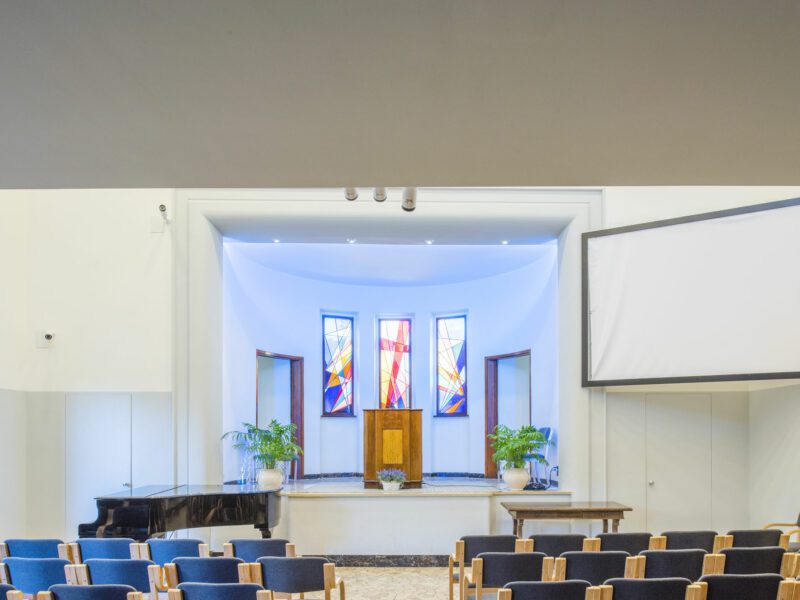
Ba’hai Center- Bahism
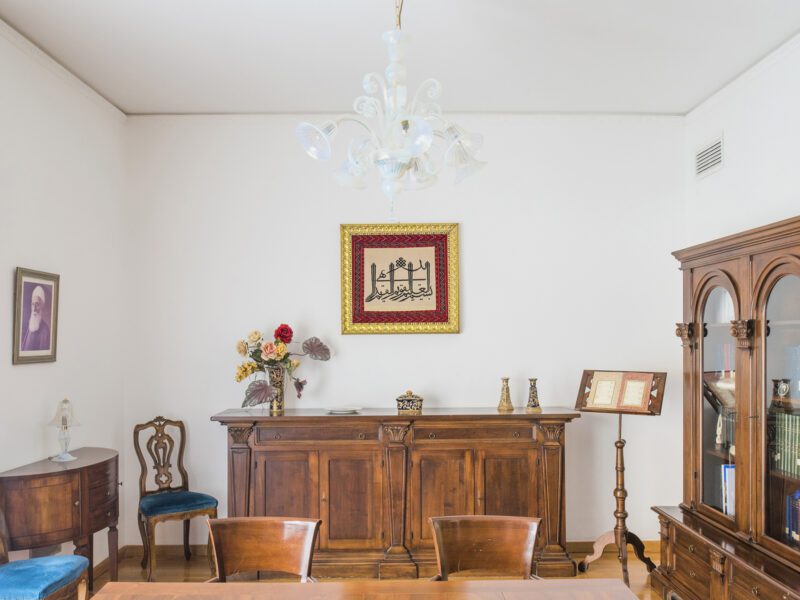
Tibetan Monsastery – Tibetan Buddhism
